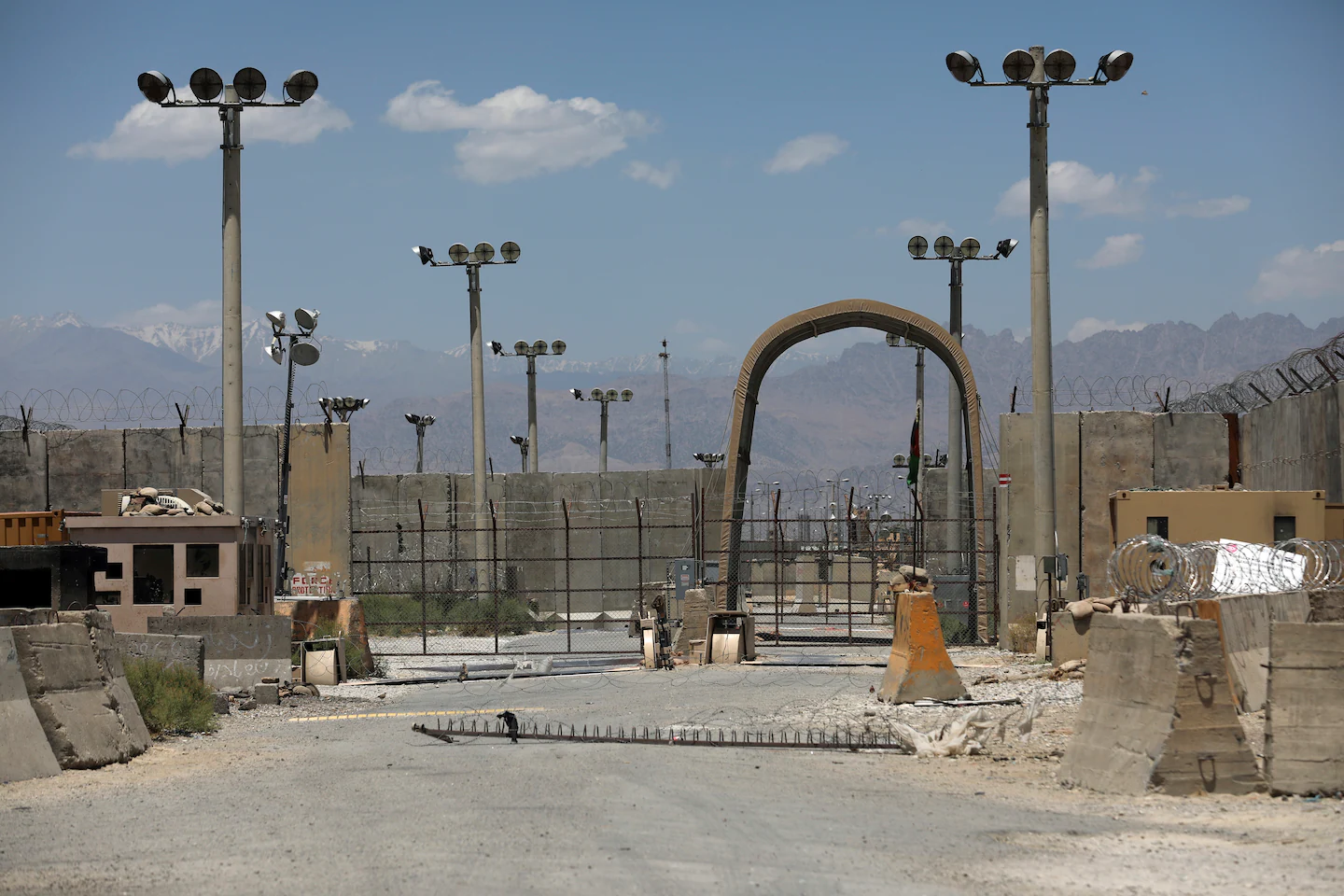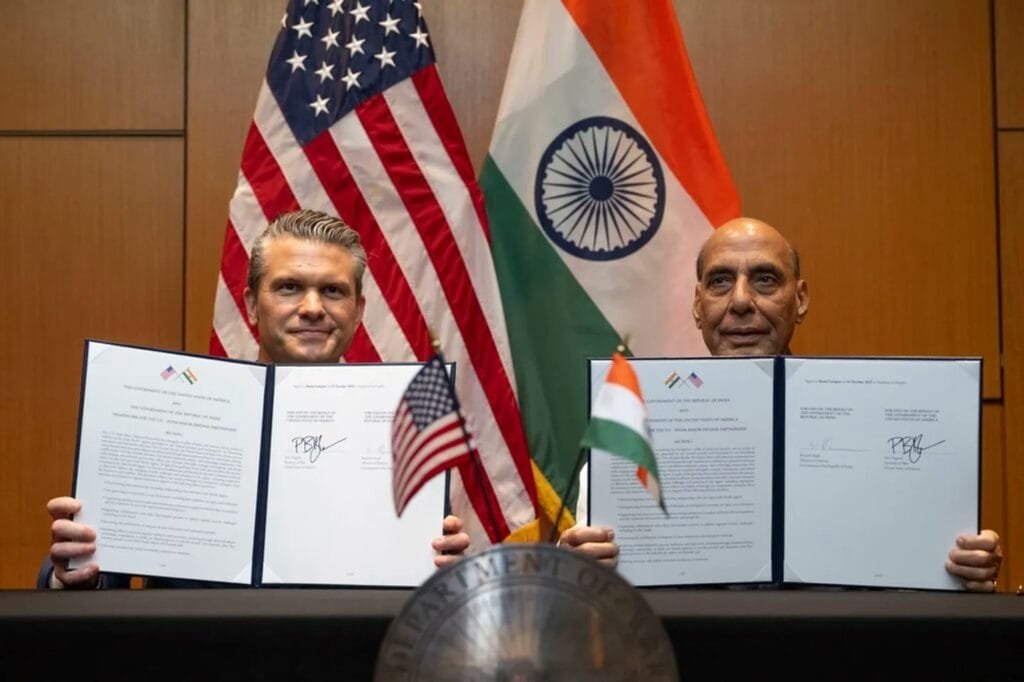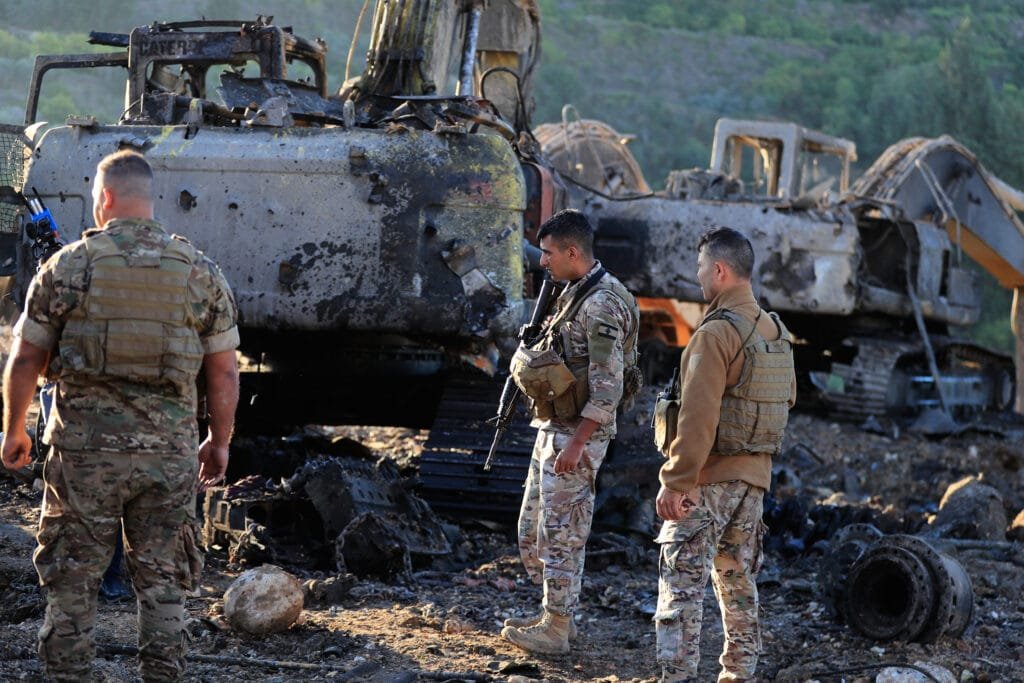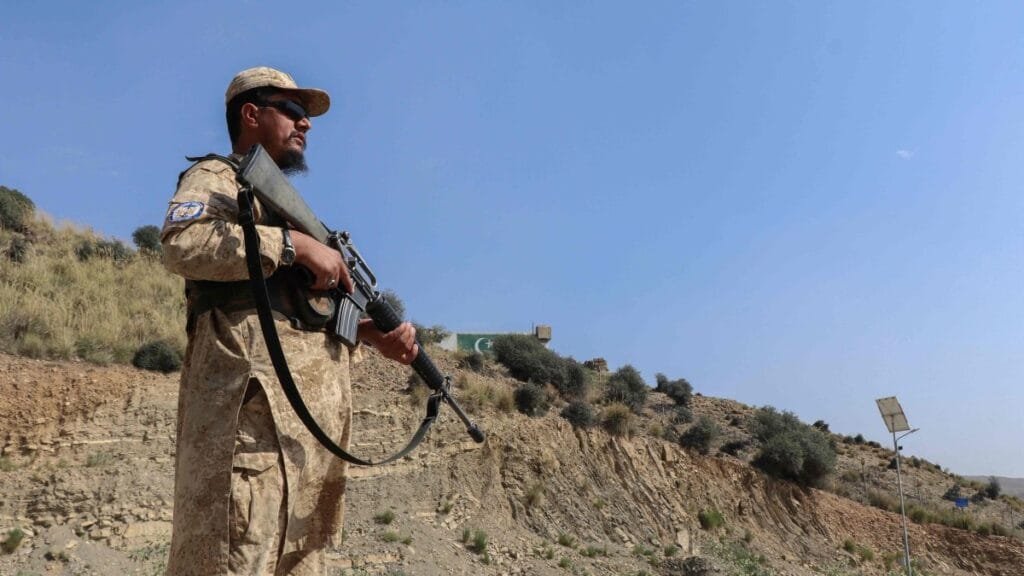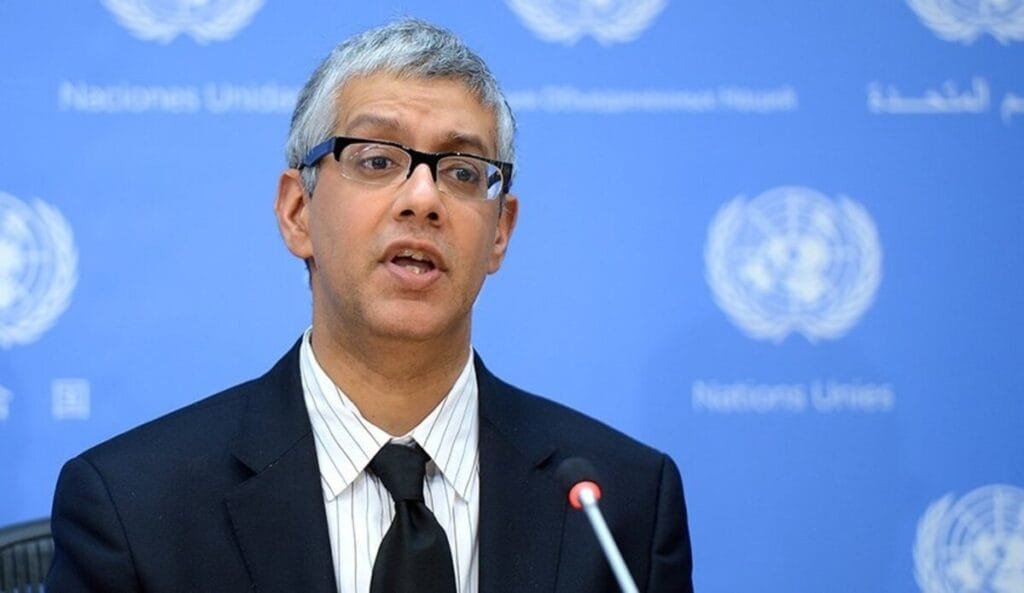At a joint press conference in London on September 18, President Donald Trump announced that his administration is working to regain control of Bagram Air Base in Afghanistan, which has been under Taliban control since the U.S. withdrawal in 2021. He described Bagram as “one of the biggest air bases in the world” and said it was relinquished under what he called a “total disaster” withdrawal by the previous administration. Trump lambasted the 2021 pullout under President Joe Biden, saying the base was “given to them for nothing.”
The President claimed that one reason for seeking to re-acquire Bagram is its proximity to what he called China’s nuclear weapons program, asserting that the base is “about an hour away from where China makes its nuclear weapons.” Trump did not, however, clarify whether negotiations are ongoing with the Taliban, which now controls the base, nor how the U.S. intends to reassert operational authority—militarily, diplomatically, or via other means.
Bagram Air Base, located roughly 40 miles north of Kabul in Parwan Province, once served as the logistical hub of U.S. and NATO operations in Afghanistan following the invasion after 9/11, housing troops, aircraft, detention facilities, and major infrastructure including long runways capable of handling heavy cargo aircraft. After the American withdrawal was completed in 2021, the base was turned over first to Afghan government forces, and then seized by the Taliban as their control expanded.
The announcement signals a potential revival of U.S. strategic posture in the region, reflecting concerns over China’s growing global footprint and what the Trump administration views as security vacuums left by the 2021 withdrawal. However, observers caution that reclaiming Bagram would pose legal, diplomatic, and logistical challenges, including convincing or negotiating with the Taliban regime, managing Afghan sovereignty, and justifying such a move to international partners.

